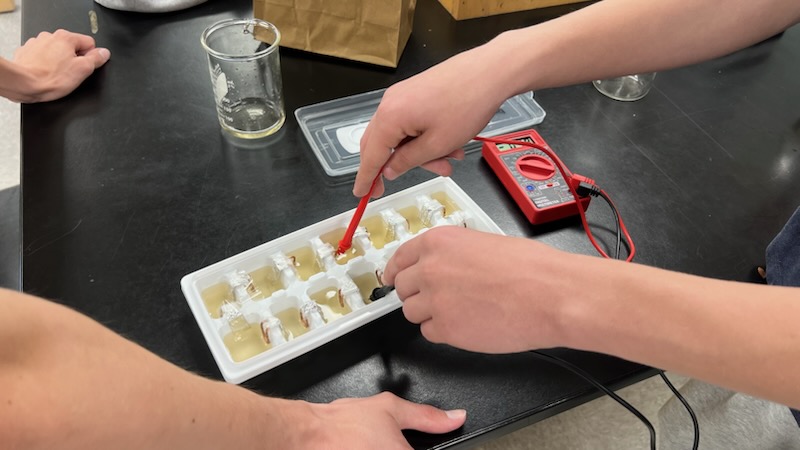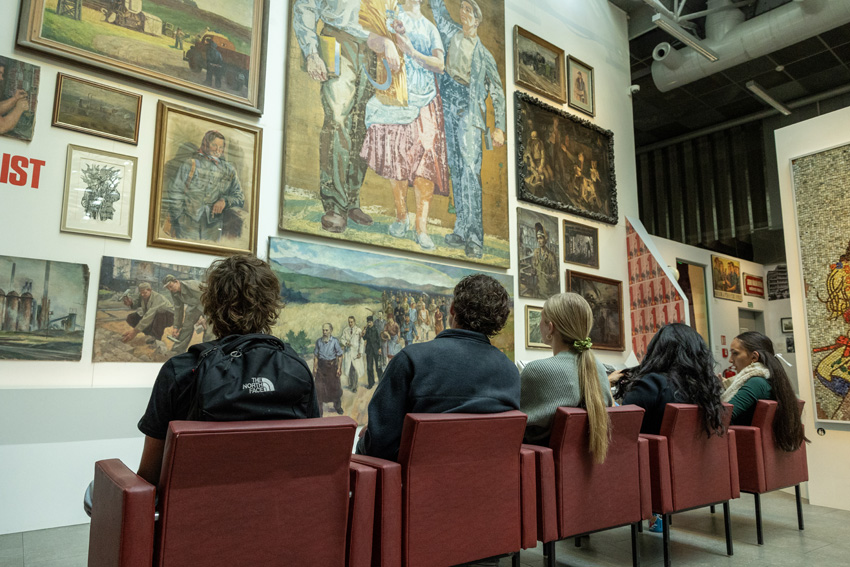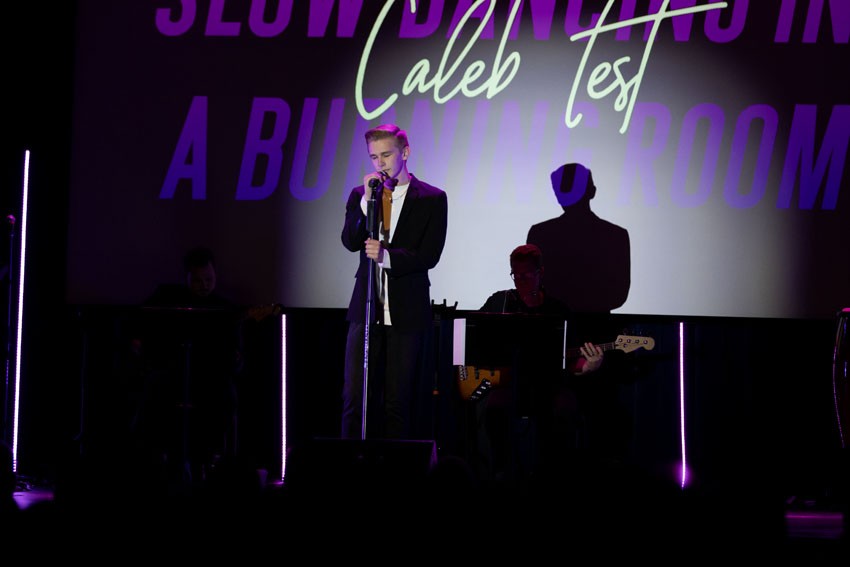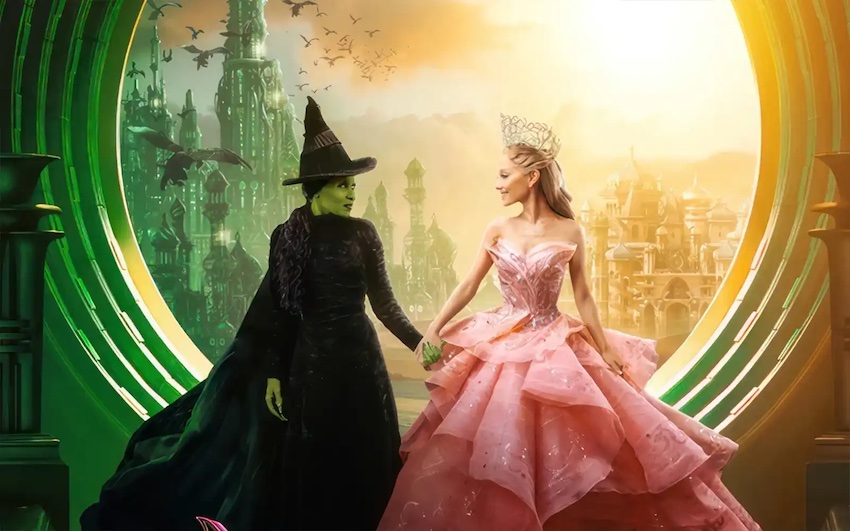As the old adage goes, “A picture is worth a thousand words.” Images can capture a moment, a memory and a place which can last for decades.
However, this timeless tradition carries new meaning in the 21st century, as many people now use social networking sites such as Facebook to share their pictures with friends and family.
Although this may seem like a harmless act, uploading images to the Internet may expose more information than most people know or would suspect.
When users upload photos from their phones, computers and cameras, they may not realize that different devices are now available to track where and when a picture was taken over the Internet if said device has a global positioning system (GPS). The GPS technology began in the 1980s as a military project, and has since become more advanced and accurate.
Although GPS was available to the public in the 1990s, its accuracy was improved in 2000, allowing people to track individuals over the Internet more accurately.
High school secretary and parent Lisa Dooley recognizes the potential ramifications of this tracking.
“We didn’t have any GPS devices when I was a kid,” Dooley said. “But I just got it on my iPhone about two months ago. I can see how it could be dangerous if a stalker found a girl’s picture and was able to find her. As technology gets better, it will be easy for this to happen more often.”
These tools can pinpoint a location to within a 10-foot area using GPS and Global System for Mobile Communication (GSM) technology. The accuracy of the recorded location varies from a minimum of within 10 feet to a maximum of within 25 feet.
By tracking where and when a picture was taken, people with the knowledge and the right tools from websites like Raven can figure out where someone lives, goes to school and other places they have recently been, based on photos taken at these locations from GPS-enabled devices. Some websites encourage users to avoid taking pictures in places they do not want people to know of in order to ensure privacy.
According to GPS-practice-and-fun.com, GPS photography is helpful in photo archiving. With the GPS coordinates written into a photo, the location can be found and shown on a map or satellite image.
Smart phones and some cameras that are GPS-enabled automatically embed the GPS location into the photo immediately after it is taken. When uploading onto a website, other users can view these locations to find the place and time each shot was taken.
Campus responds to situation
IT director David Martens understands how these programs work and operate in embedding the location into the image file. However, he views GPS imprinting as something to be aware of rather than as a widespread hazard.
“Smart phones that have GPS automatically record the location a picture was snapped,” Martens said. “The location can be viewed using programs on computers. When someone uploads it to the Internet, it gives everyone the freedom to track it.
“I don’t see big danger in it; I wouldn’t call it a huge danger. It’s something people should be aware of and concerned about, primarily when uploading photos to social media sites.”
Contrary to Martens, junior Allison Camden worries about the tracking capabilities and possible outcomes.
“This does worry me, actually knowing that some creeper out there could track me down and do who knows what,” Camden said. “If someone tracked me, I would be very scared. I would be worried to ever be by myself. I’ll probably still upload photos; I just think they should disable this tool.”
Like Camden, freshman Eric Cowin finds this to be new information and suggests caution in uploading photos online.
“With all the things that we have these days, it’s pretty dangerous,” Cowin said. “There are a lot of stalkers out there, even over the Internet. They aren’t afraid to do it. But it’s hard to say if I would completely stop uploading photos — that would be hard.”
Even though some students are anxious about GPS photo tracking, others are not concerned about the potential to be tracked.
“I don’t really care about this photo imprinting,” Scott Jennings, ’12, said. “I don’t think this would happen to me. It’s really unlikely that it would happen to any person.”
For more information on GPS technology, read the New York Times topic article, “Global Positioning System.”







Stephan Melendez • Sep 7, 2011 at 12:02 am
Thats really cool!